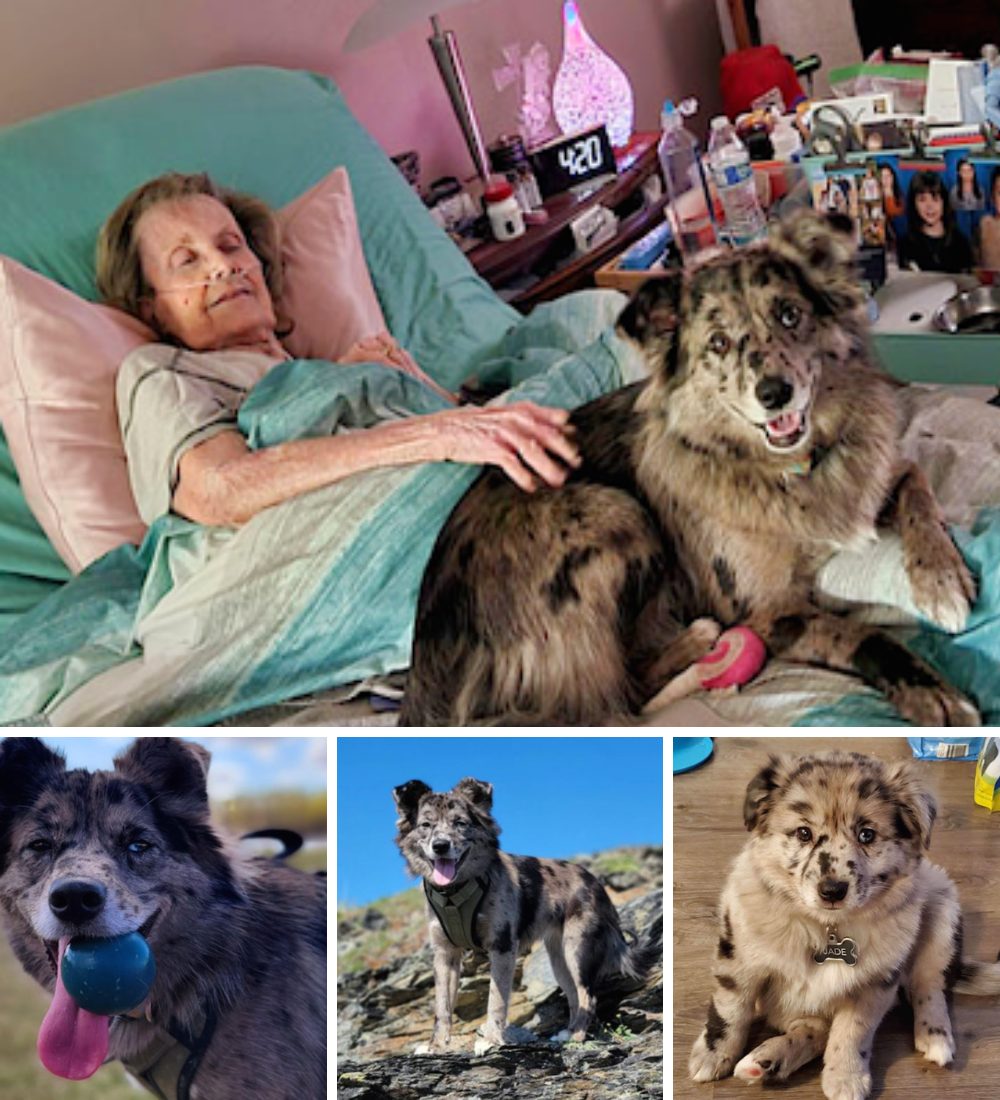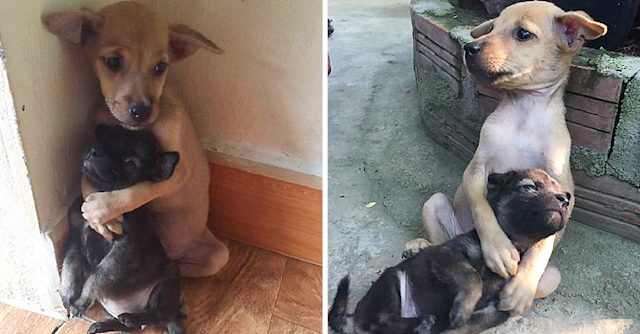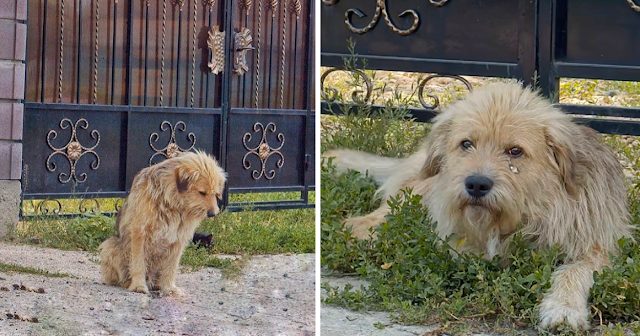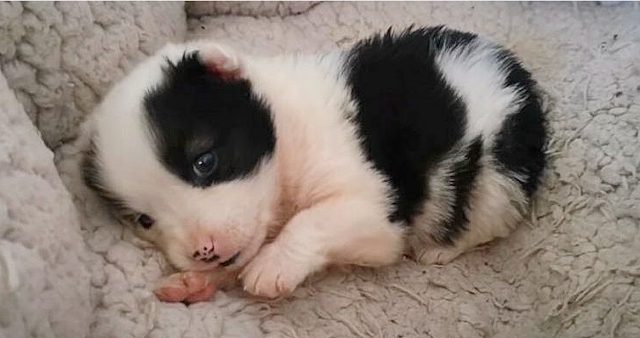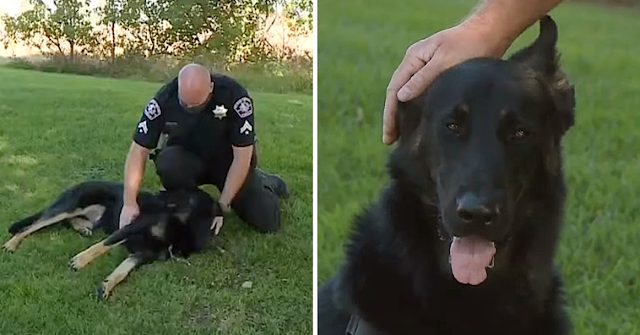An unmistakable bird with piercing yellow eyes peering out from a bird with a dark black head and a very distinctive voice.
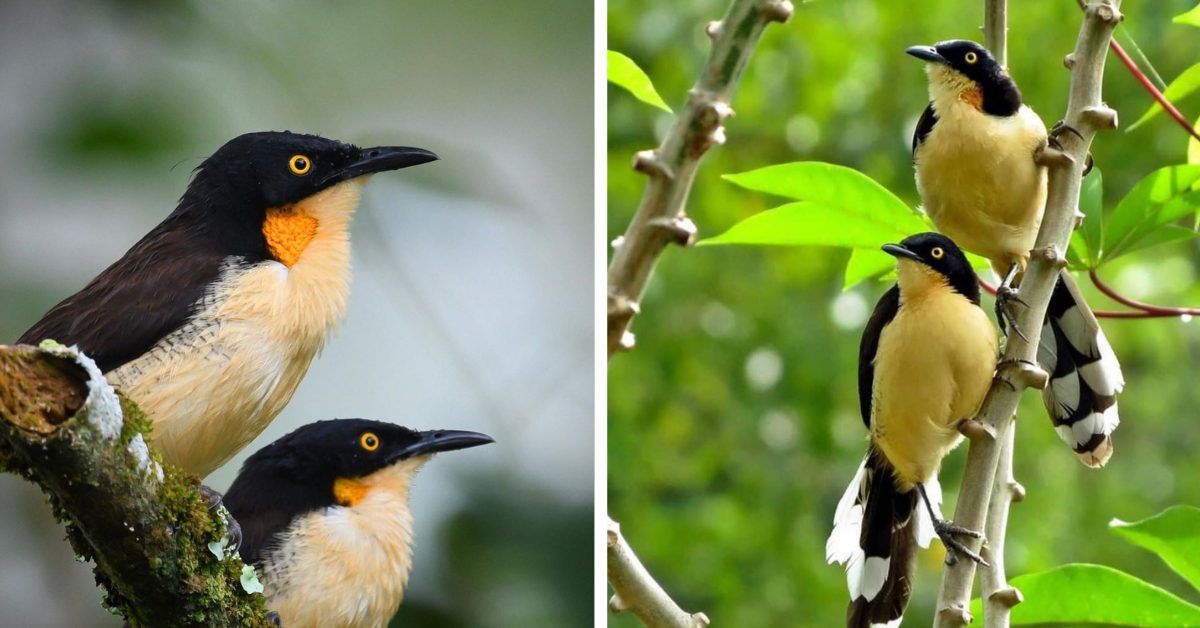
Meet Black-capped donacobius
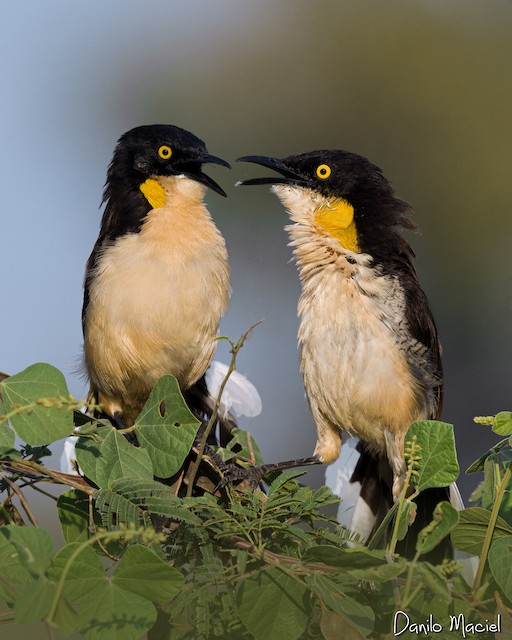
The black-capped donacobius (Donacobius atricapilla), is a conspicuous, vocal South American bird. These birds have dark brown upperparts and yellow buff underparts. The chin is paler than the throat, and the chest is slightly darker on the belly. Upper flanks are finely barred with transversal black bars. The bird’s name comes from a small white patch on the upper wing. The tail is long, dark, and fan-shaped with conspicuous white tips, becoming broader on outer feathers. The forehead, crown, nape, cheeks, and shoulders are black. A deep orange-yellow cheek pouch appears during courtship displays. The eyes are bright yellow, bill black, and slightly down-curved, the legs and feet black too.
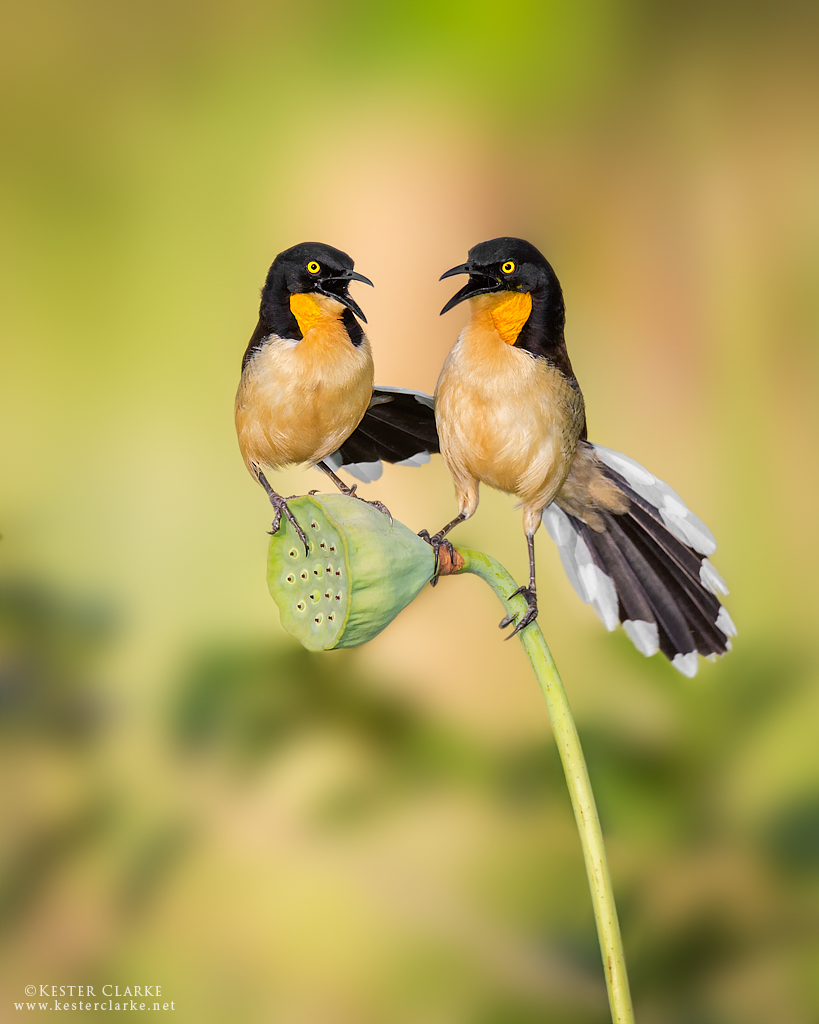
Females look very similar to males. Juveniles have a brown crown and nape.
The body plumage is duller overall than the adult and it lacks black barring on the flanks.
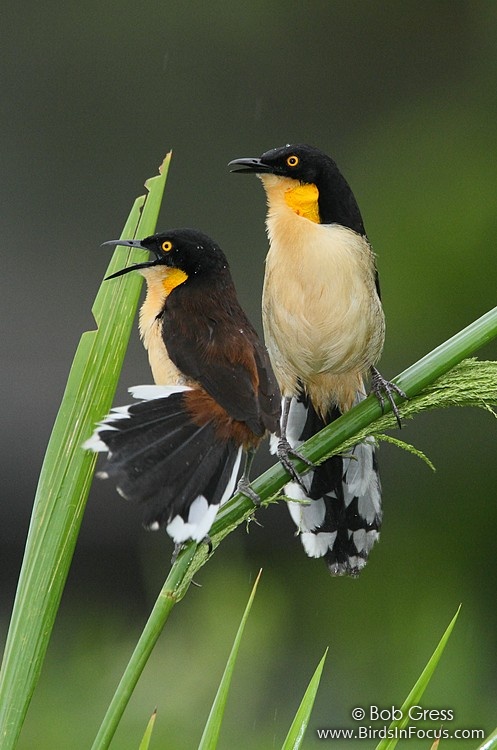
This bird is found in tropical swamps and wetlands in Bolivia, Brazil, Argentina, Guiana, Guyana, Ecuador, Paraguay, Peru, Suriname, Venezuela, and Panama.
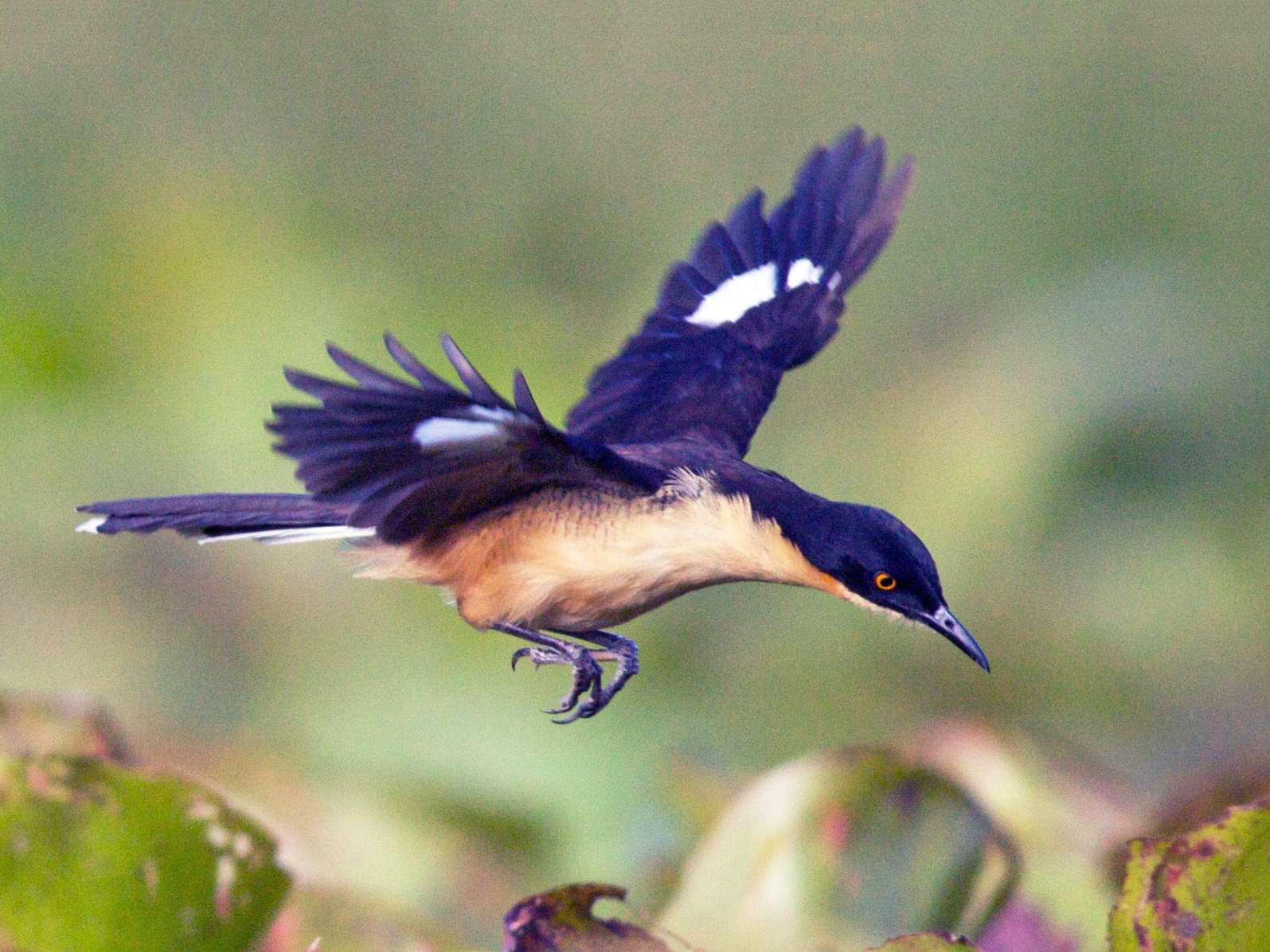
Black-capped donacobiuses are common in a wide range of Amazonian wetlands, including oxbow lakes, riparian zones, and other areas where tall dense aquatic or semi-aquatic vegetation is available.

These birds feed mainly on invertebrates it forages from leaf surfaces, mainly grass. However, it is thought to catch flying insects, sallying from low perches over the water.
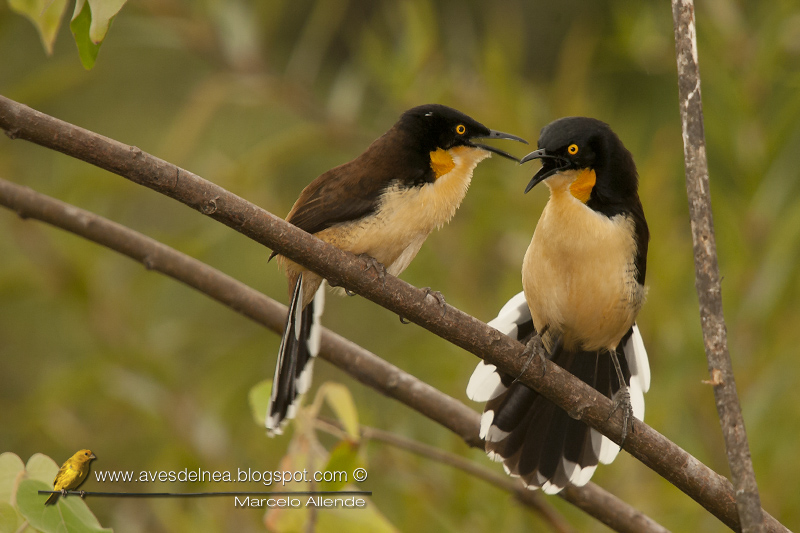
During the breeding season, a nest is a built-in reeds or grass, often over standing water, at around 25 cm to one meter above the water. Built mainly by the female it is a bulky open cup with a nesting cup of 6cm and 8 cm in diameter. She builds it with grass, plant fibers, and other materials like spider webs and snake skins. Up to 2 eggs are laid within and incubated for 16 to 18 days and the young are fed by both parents after they hatch. They are fledged after 17 to 18 days.
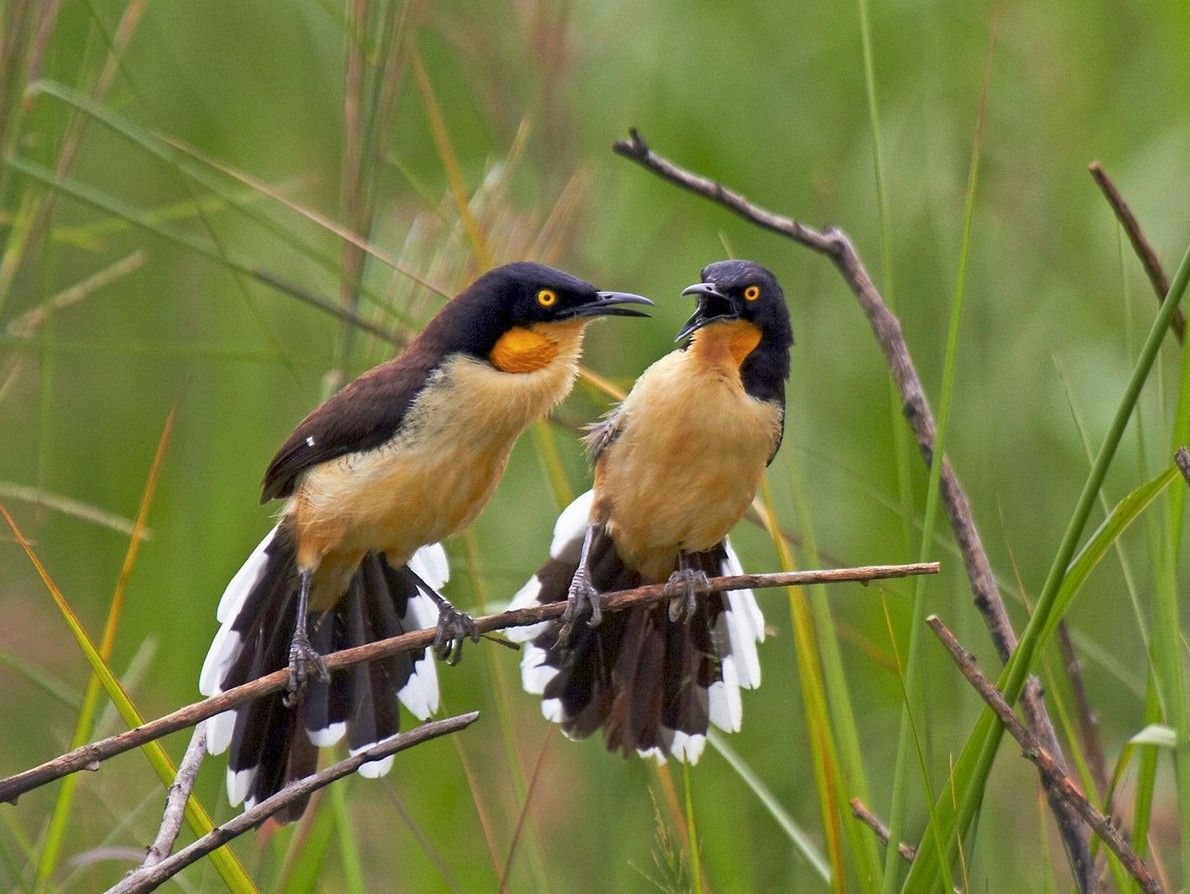
A fairly common bird, the Black-capped Donacobius is widespread throughout its range and is therefore not under any current threat.
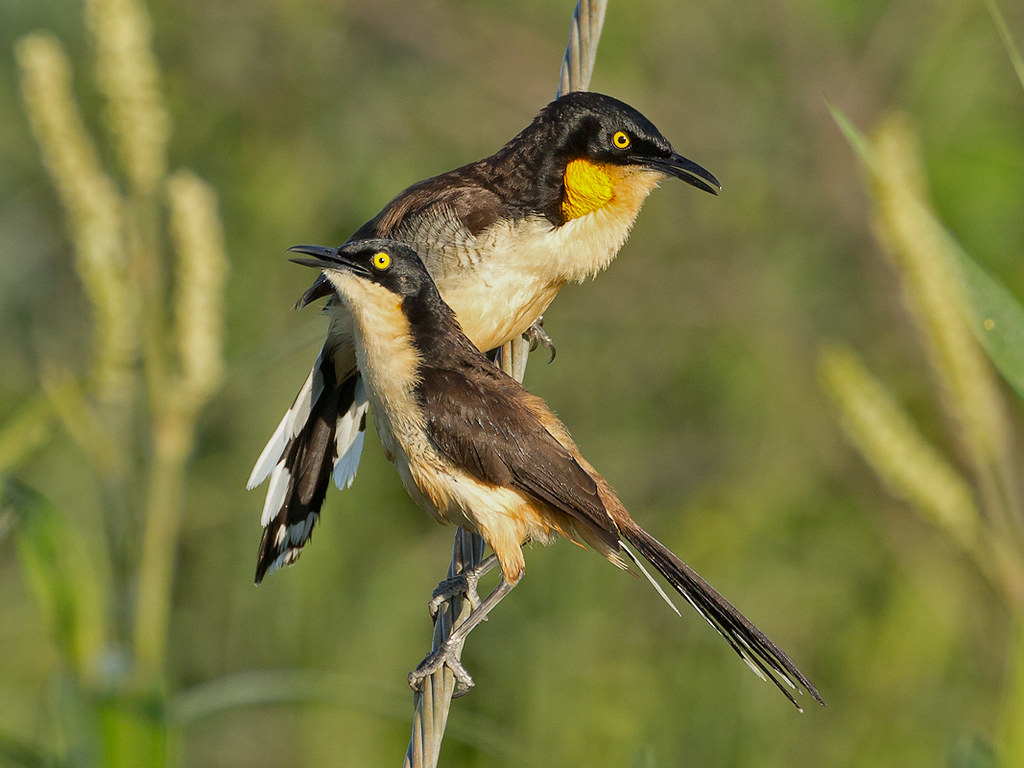
Watch and listen to this bird right here below:

